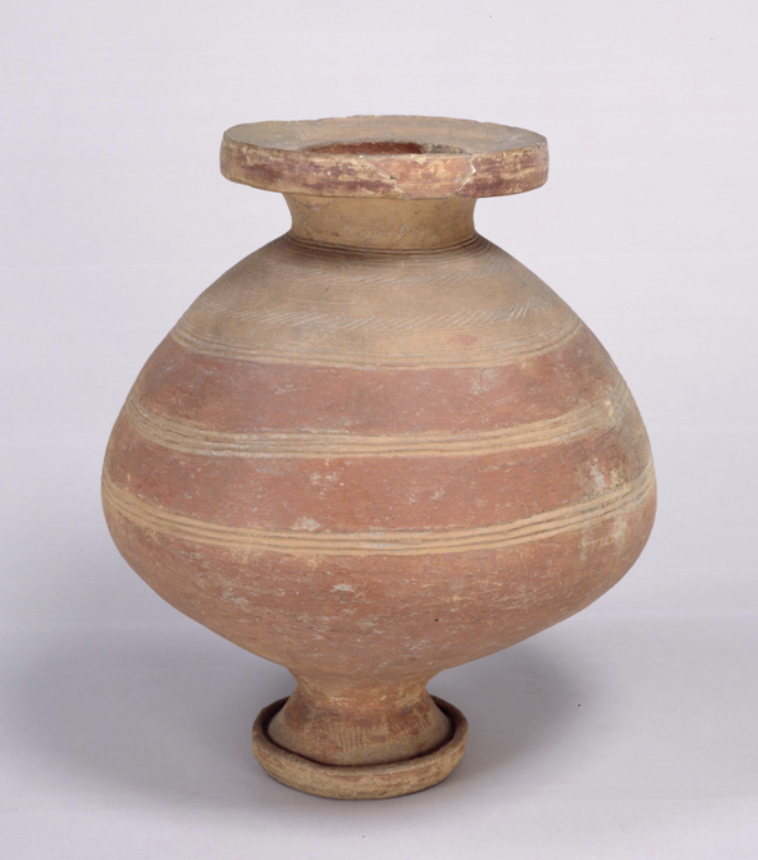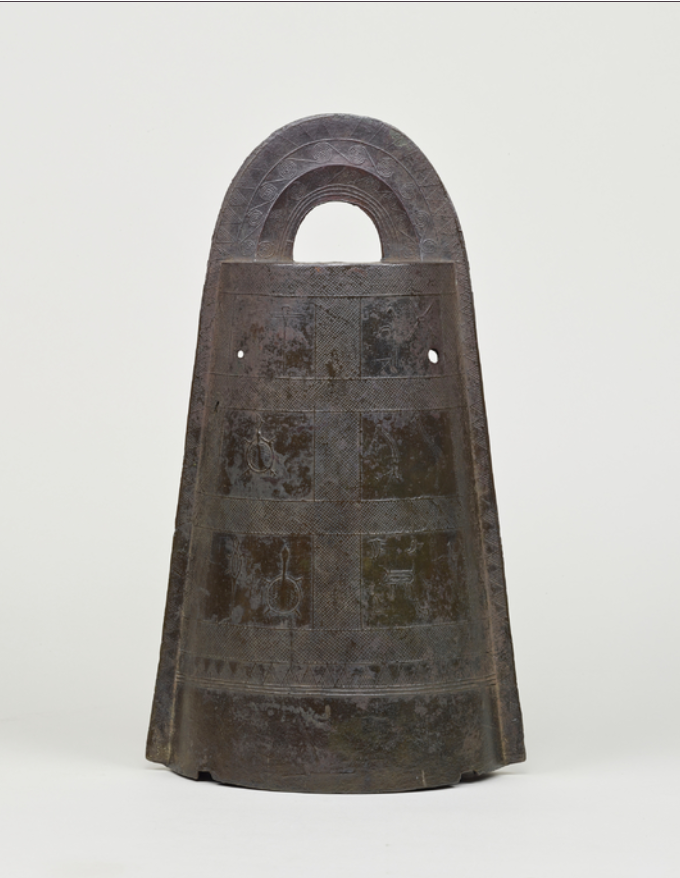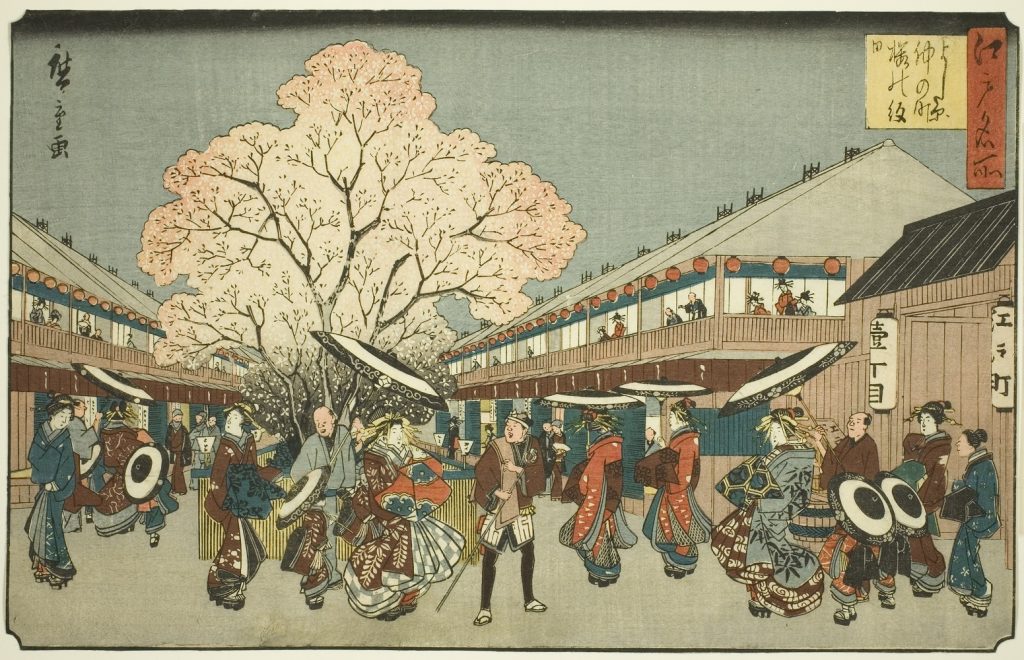The Yayoi (弥生) period, which lasted from the 9th or 8th century BC to around the 3rd century AD, is a period that lasted approximately 1000 years (some think it lasted for about 600 years from around the 3rd century BC). The period between the Jomon (縄文) and Kofun (古墳) periods saw the arrival of artefacts from the Korean peninsula, and the appearance of Himiko (卑弥呼) in the latter period.
The arrival of emigrants
Since the end of the Jomon period, the earth has become colder. Vegetation changed, coastlines receded and sand dunes formed along the coast. It is thought that the population decreased because there were fewer fruiting trees and plants to eat, and less food to hunt and fish for.
People from the Korean Peninsula and elsewhere came to Japan by boat during this period. They are referred to as the ‘toraijin (渡来人)’. Their presence is recognisable because the human bones excavated from cemeteries from this period have faces and bodies that are clearly different from those of the Jomon people up to that time.
The most significant impact of what the migrants brought with them was ‘rice cultivation’. They came to live in the northern part of Kyushu and western Japan, in areas suitable for rice cultivation. It can be assumed that the purpose of rice cultivation was to secure food due to the cold weather, but at this time, people did not settle in southern Kyushu, where there was too much volcanic ash for rice cultivation, or in Hokkaido and Okinawa, which were far from the Korean Peninsula, and the facial features and physique of the people in these areas did not differ much from those of the Jomon period.
This has led to the belief that there were ‘Jomon Yayoi’ people and ‘migratory Yayoi’ people in Japan during the Yayoi period.
The various elements of the Yayoi culture have their origins on the Chinese continent and the Korean peninsula. These were not all present from the beginning of the Yayoi period, but some were introduced before or after the beginning of the Yayoi period. Many of those found at the beginning of the Yayoi period originated on the Korean Peninsula. Often, differences in the facial features of people from the Jomon and Yayoi periods are noted, indicating that there were people who introduced these. The Yayoi period marked a major turning point in technology and culture, including rice paddy farming, but not all aspects of people’s lives and culture changed. In the Yayoi period, in addition to what had been inherited from the Jomon culture, rice farming and other technologies and cultures from the continent were introduced, and a new culture was created by fusing these.

The beginning of what would become a 1,500 years conflict
The toraijin introduced not only rice cultivation, but also the latest technologies and objects, such as bronze and iron tools, silk textiles and glass. Of course, not all of these were available from the beginning of the Yayoi period, and the areas and periods in which they were introduced are not the same. Stilt warehouses for storing rice also spread, and Yayoi earthenware, which was thinner and reddish-brown in colour than Jomon earthenware, began to be produced.
Another thing that started during this period, especially with the use of bronze vessels as weapons, such as bronze swords and bronze spears. Warfare.
Warfare in this period is thought to have been about competing for rice, iron and other resources. The village that obtained more iron and bronze weapons annexed the surrounding villages, and gradually larger villages, and even kunis (provinces, which were operated like sovereign states), began to emerge. Some sites from this period include tombs (wooden coffins and stone coffins) with many luxurious burials, indicating that there were powerful people, so-called Gozoku(豪族, powerful families) who may have organized the kunis.
In connection with this, rituals and rites also developed. Instead of the objects used in the Jomon period, rituals began to be held using bronze bells. Dotaku (銅鐸) are small bronze bells from China and the Korean peninsula, which the Yayoi converted into ritual implements. They were probably used to offer prayers to the gods by ringing them during festivals. The changing nature of the tombs suggests that people’s attitudes towards death and life in this period also changed significantly from the Jomon period, along with continental technology and ideas.

This article is translated from https://intojapanwaraku.com/rock/culture-rock/211209/


























